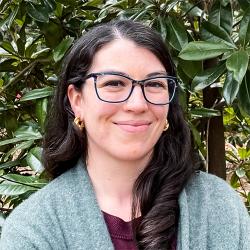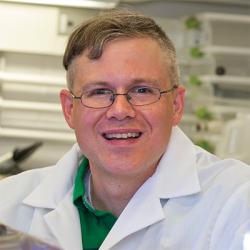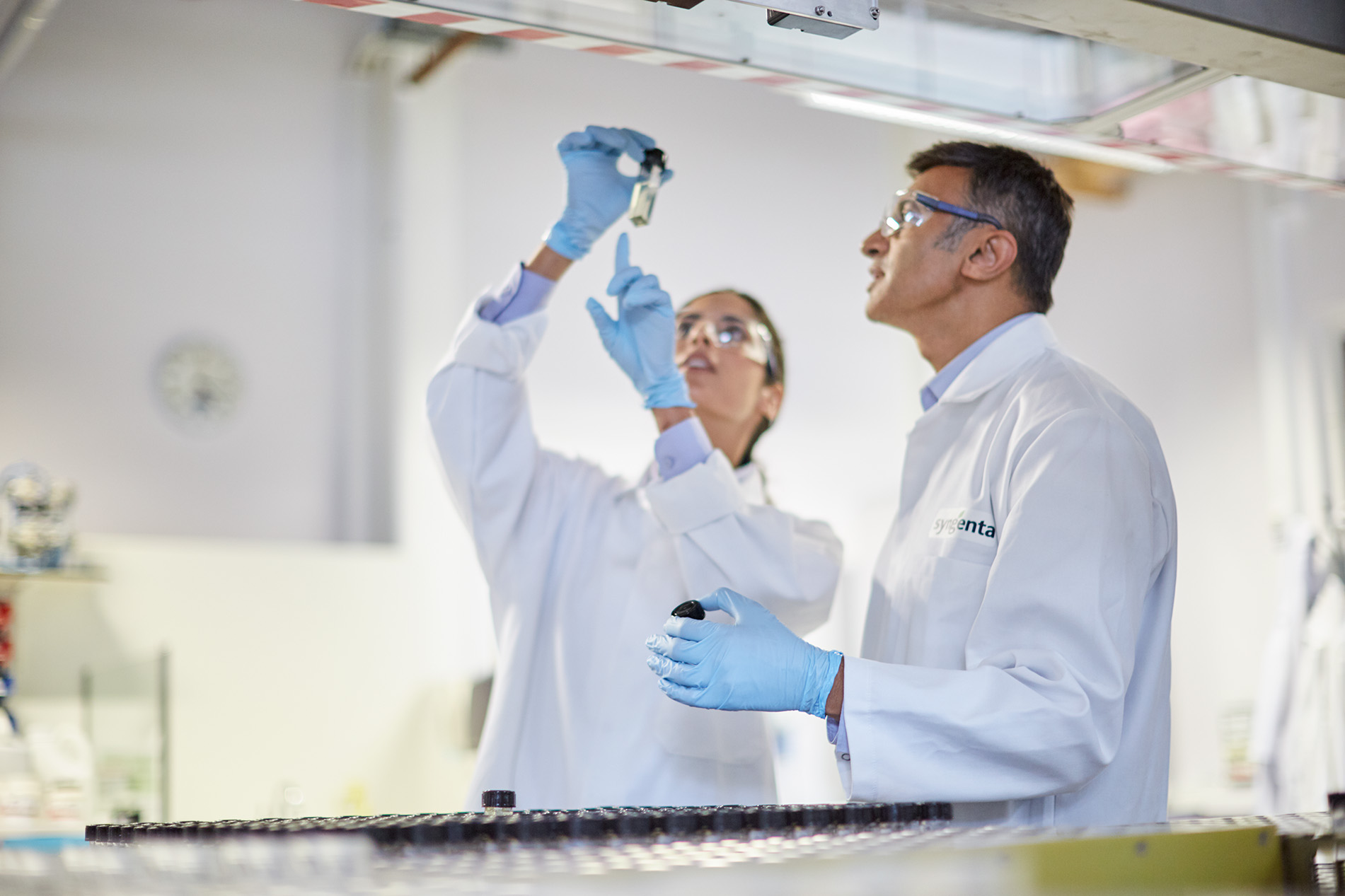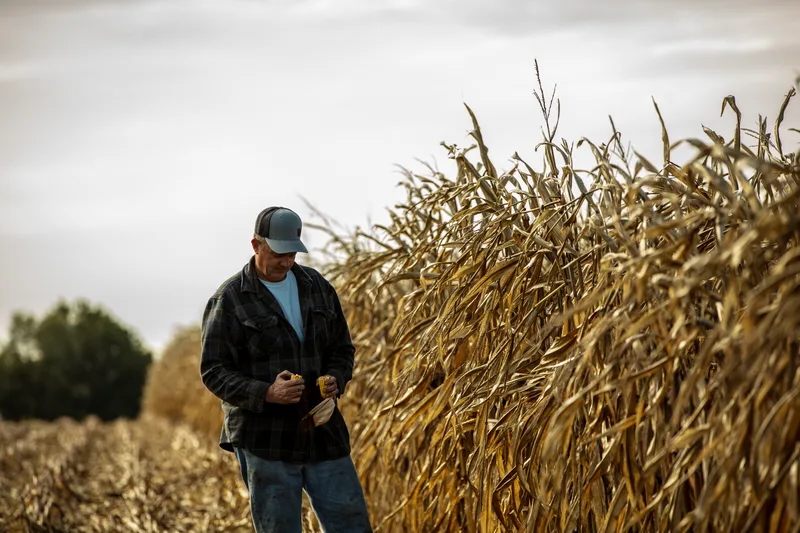Collaborative Innovations
Purdue Uni & Syngenta pioneer the use of electric fields as a breeding tech
How Purdue University and Syngenta are pioneering the use of electrical fields to make seed hybridization more sustainable
Modern agriculture relies on hybrid seed to produce larger yields for farmers. This means breeders are constantly striving to find new ways to breed high-yielding crops to feed a growing population with healthy, nutritious, sustainable food. One such innovation is the use of doubled-haploid breeding.
In 2016, Syngenta hypothesized that the doubled-haploid breeding process could become safer and more sustainable. Their novel solution envisioned replacing a chemical process used in the process with electrical fields.
The collaboration between Purdue University and Syngenta resulted in filing joint IP around the concept of chromosome doubling using electrical fields in plant cells. The collaborative team is now preparing a paper for peer-review publication.
“Plant biologists are extremely interested in how this works when we present our data at conferences. Most people have never once considered applying this technology in this way”
Rachel Egger, Principal Scientist, Syngenta
Bringing brain tumor therapy to plant breeding
Over more than three years of successful collaboration, Purdue and Syngenta have successfully combined their expertise in plant cell biology, bioelectrics and membrane dynamics to pioneer this novel solution. Prior to their collaboration, the precedent for using electrical fields to disrupt cell division (mitosis) existed in human brain tumor cells, but had never been applied to plants.
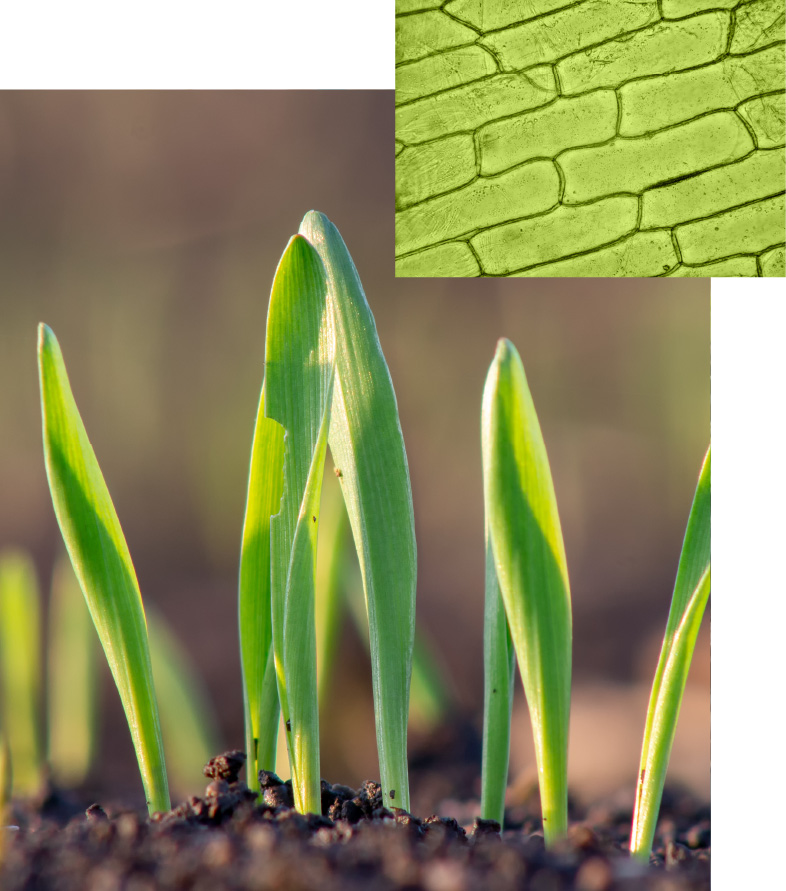
Most modern crops rely on an effect known as ‘hybrid vigor’ to boost farmer’s yields. This yield increase is achieved when the parents of the hybrid seed are genetically inbred and different from each other. While traditional breeding requires six or seven generations of self-pollination to create a new inbred line, doubled-haploid technology achieves this in just two.
To create doubled-haploid plants, breeders first cross a diverse, segregating population of plants with a haploid inducer. This results in haploid seed production – seed with just one copy of the genome rather than the typical two copies inherited by most diploids. To restore the genome back to the two-copy, diploid state, the haploids are treated with a chemical doubling agent. This final, chemical step can cause stress to the cell, and other negative impacts, but is essential for doubled-haploid fertility.
The structures required for chromosome movement are called microtubules, which are charged naturally. The teams at Purdue and Syngenta disrupted that charge electrically during mitosis resulting in chromosome doubling in a similar way to the traditional chemical treatments. The technique influences chromosome movement inside the cell without causing other negative impacts.
Replacing the doubling agent eliminates significant chemical waste and improves safety for breeders.
An exciting collaboration
The collaboration began in 2016 when Syngenta contacted Professor Allen Garner, an expert in bioelectrics and membrane dynamics at the Purdue University School of Nuclear Engineering.
“A lot of what we do is theoretical or principles based. To be involved in something that could be commercialized, impacting agriculture so positively, was really exciting for us,” Allen explains.
Initially small-scale, the collaboration was ramped up in 2019, a year after Rachel Egger, Principal Scientist at Syngenta, joined the company.
“We started the more intensive stage of the collaboration just as the COVID-19 lockdowns began. With biology, you really need to be there in person, but both our team and the Purdue graduate students, who often couldn’t access their labs, did a great job of adapting to working under the restrictions,” says Rachel.
From 2019, both teams focused on optimizing the system they had developed in two different plants species: tobacco and corn.
The Purdue team custom built an electric field generator and 3D-printed a receptacle to hold a plant cell culture within the electric field. A Purdue graduate student visited Syngenta’s site to work face-to-face with the Syngenta team, proved a key step in spurring the collaboration forward.
Rachel says, “We had been trying to show the Purdue team how to synchronize cell cultures over Zoom, and it just wasn’t working. Coming together in person to assemble the device, and rapidly cycle through all the minor challenges of getting the cells to cooperate, got us up-and-running in just a few days.”
The breakthrough has delivered a step change in hybrid crop breeding. The potential for integrating this new, safer, more sustainable solution into hybrid crop seed breeding programs is immense.
“Plant biologists are extremely interested in how this works when we present our data at conferences. Most people have never once considered applying this technology in this way,” Rachel adds.
“A lot of what we do is theoretical or principles based. To be involved in something that could be commercialized, impacting agriculture so positively, was really exciting for us”
Allen Garner, Purdue University School of Nuclear Engineering
Looking for other ways to work with us?
Shoots by Syngenta is a platform built on collaboration, designed to advance sustainable agriculture by bringing together ideas, technologies and research. Discover more about what we do, and how you can be a part of it, below.
